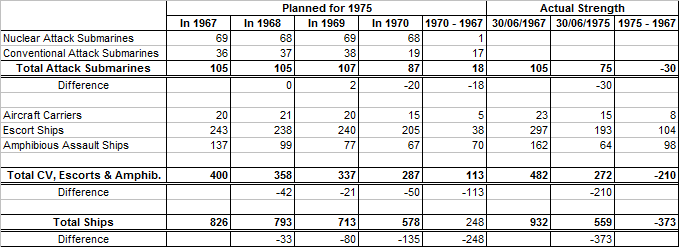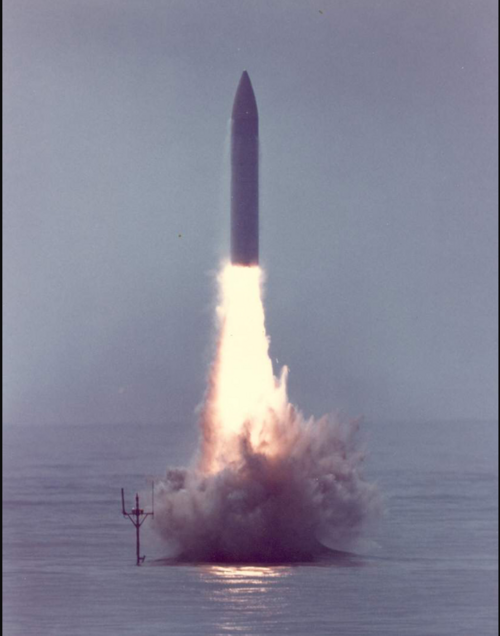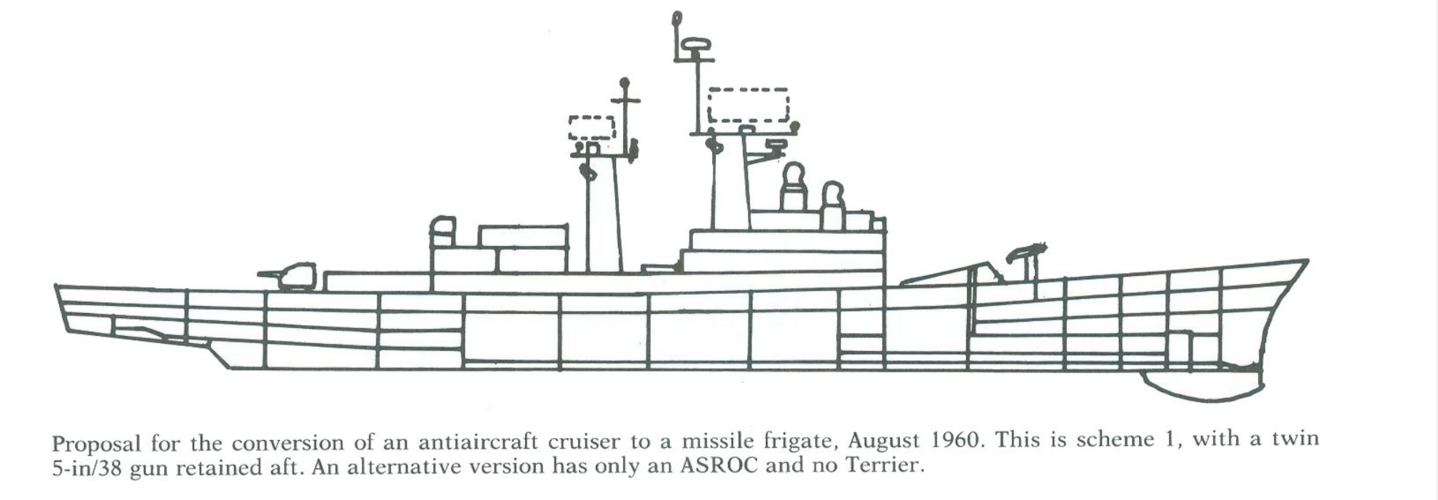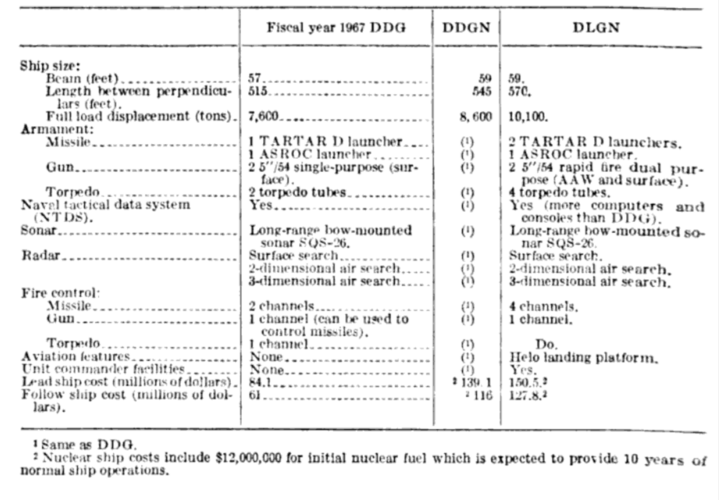Link to Post 59 which is @RLBH's estimate of the forces required to lift 1.5 MAF.
Link to Post 67 which was my notes from Norman Friedman about the plans to have enough amphibious shipping to lift 2-MAF/MEF.
Link to Post 68 which was a continuation of Post 67.
Link to Post 69 which was a continuation of Post 68.
This starts where Post 69 ended. It's about the fall of the LHA.
Chapter 12 The Bomb and Vertical Envelopment - Part 3
The following comes from pages 378 to 380.
In in 1969 a total of 82 fast amphibious ships were completed, building, on order or planned.
- 9 LHA - with LHA 7-9 replacing the 3 Essex class LPH in the middle of the 1970s.
- 7 LPH - The Iwo Jima class.
- 3 LPH - The Essex class conversions, which were to be retired in the middle of the 1970s.
- 2 LPA - Both were converted Mariner ships.
- 15 LPD - The 16th LPD had been cancelled.
- 13 LSD
- 27 LST
- 6 LKA - 5 Charleston class and one converted Mariner ship.
Thus there would be 79 ships in the middle 1970s because the LHA were to be completed 1972-76 (according to late 1960s editions of Jane's) and as already written the last 3 LHA were intended to replace the 3 Essex class LHA.
There would also be 6 amphibious flagships, which Friedman wrote a separate chapter about and I intend to write about them in a separate post.
So far, so good, but it wasn't to last.
In 1970, however, the navy programmers were suddenly told that the LHAs were costing much more. The FY 72 program included 6 SSBN modernisations (i.e. Poseidon refits), a CVAN, 3 SSN, a DLGN, 7 Spruance class destroyers, 5 minesweepers and LHA-6. Therefore, to solve the fiscal problem, the March 1970 tentative program objectives memorandum (T-POM) for FY 72 envisaged ending LHA production at 5 ships. Op-03 agreed: the sixth ship would merely replace 3 twenty-knot LSDs already in the fleet.
Moreover, the amphibious force was in better condition than other parts of the fleet, with 34 ships building or authorized, including 2 LCC, 5 LPD, 1 LPH, 4 LSD, 18 LST and 3 LHA. The program objective memorandum (POM) for FY 71-75 envisaged retiring some relatively modern 20-kt ships: the two Mariner LPAs and 8 LSD-28s. (Paul Revere and The Mariner LPAs were transferred to the Naval Reserve Force on 01.07.75 and 01.08.75 respectively. Both were transferred to Spain in 1980.)
The 9 LHA had been needed to maintain the one-and-two-thirds MEF of lift (total 16 helicopter ships), which in turn would provide the Atlantic Feet with at least the assault echelon of one MEF force.
- At this time the major Pacific contingency commitments were one MEF in either Northeast Asia (Korea) or in Southeast Asia at D+30 to D+35.
- The United States had also agreed to provide the capacity for one MEF assault in NATO operations at M+30 (30 days after mobilisation), as specified in the normal NATO commitment document, DPQ (69). However, no ships were specifically assigned to NATO.
- It was reasonable to imagine moving one MEB of lift from the Eastern Pacific to the Atlantic within the 30 days allowed by the NATO timetable.
- In peacetime, the JCS wanted 2 amphibious ready groups (ARGs) in the Western Pacific, plus one in the Mediterranean, one in the Caribbean, and one LST assigned to Commander-in-Chief, South (CinCSouth).
The planners justified the cut to 5 LHA on the ground that there would be no need to mount an MEF-level assault in NATO. Conditions would change slowly enough for forces to be shifted from the Pacific on a semi-permanent basis. As for peacetime, each MEB in the Atlantic could support an amphibious ready group (ARG). For the Western Pacific, it would take a bit more, so the 3 MEB of the one MEF lift would support 2 rather than 3, ARGs. Thus the one-and-one-third MEF lift envisaged with 5 LHAs would support the 2 Western Pacific ARGs but only one of the Atlantic ones. There was some question, moreover, about recent draw-downs of forward NATO forces because the withdrawal of France from NATO required larger amphibious forces in the Atlantic.
Unfortunately, anything more was unaffordable.
- To reach the approved one-and-two-thirds MEB (I think he meant MEF) would require 9 LHA;
- to reach the earlier requirement for 2 MEF would require 13 LHA.
- 4 LHA were cancelled on 20.01.71, leaving 5 to supplement the 7 new-construction LPH.
Friedman concluded this paragraph by writing that the decline in amphibious decks paralleled the decline in numbers of active large-deck carriers.
What he didn't mention was that the 3 Essex class LPH were paid off in 1970 instead of the middle 1970s and that the number of Newport class LST was cut from 27 to 20. However, he did write that the without sufficient amphibious carriers or helicopters, in the middle 1970s one of the Western Pacific ARGs and some Caribbean ARGs had to be surface configured (BLTs instead of MAUs). Units had no organic helicopters; they had to be cross-decked. He also wrote that the helicopter shortage was worsened by the use of some CH-53s for airborne mine countermeasures, a force eventually equivalent to 2 or 3 LHA loads.
By the time the LHAs entered service, the Marines were buying AV-8A Harriers, 6 to a MAU. They planned to deploy 6 Harriers on board the first 2 LHAs prior to their first overhauls and they also planned to deploy AH-1J Sea Cobra attack helicopters. The next paragraph says that by 1975 there was considerable interest in a VSTOL aircraft carrier, tentatively designated VSS. The LHA was not quite a VSS because her amphibious features were all quite unsuited to any such role. Even so, under a fleet modernisation plan, the ship was to have been fitted for VSS conversion, with modified magazines and provision for intermediate-level aeroplane maintenance . At 1975 the estimates was $5-8 million to refit the ship for close air support using AV-8s or $4-6 million for ASW which included fitting a carrier-type ASW centre (ASCAC). A new LHA with LHA features would cost over $770 million.
The penultimate paragraph on Page 379 says that escalating shipbuilding costs meant that the cancellation of LHA-4 and 5 was seriously considered. However, it would take all five ships to maintain the agreed one-and-one-third MEF lift. Cancelled LHAs would have been replaced with pairs of new-generation ships then under consideration, and LX to replace the LSD and an LPH(X), at estimated unit costs of $450 million and $210 million respectively. However, at this time an LHA cost about $650 million, so the price seemed quite reasonable. The fourth and fifth ships were completed.
By 1975 a new amphibious ship, the LX (an LSD replacement) was being considered and a draft FY 77 budget showed one LX plus one VSS, which according to Friedman was in effect competing with the LX because money was tight. The VSS wasn't an amphibious ship, but the Navy advertised it as a super-LPH, in order to get the Marines to support it. The Marines initially wanted the VSS to carry 1,000 to 1,200 troops. However, they reduced it to 500 troops with an air group of 7 CH-46, 4 CH-53, 3 UH-1N and 6 AH-1J. The Marines were willing to support the VSS as long as its troop capacity was not counted against the required amphibious lift. 8 VSS would complete the desired one-and-a-half MAF lift-except for boats. However, the October 1975 version of the LX, more than matched the VSS in some ways: it carried more personnel (1,029), almost as many helicopters (15 v 20) and it alone offered the same 20 LCM (6) boat spots as did the LHA.
Friedman concluded by writing that the Marines saw the VSS as anything but an amphibious ship, since it had no surface assault capability and probably would never be used for amphibious operations. It would be extremely dangerous, then, to countenance inclusion of VSS in the one-and-a-half MAF goal, since that made the VSS look like another LHA.
When LHA-5 was completed in 1980 the USN actually had 64 fast amphibious ships (not including the LCCs). That is
- 5 LHA - They were completed 1976-80, later than planned.
- 7 LPH
- 13 LPD - LPD-3 became an Auxiliary Flagship (AGF-3) on 01.07.72 and LPD-11 became AGF-11 in 1980.
- 13 LSD
- 20 LST - 2 were transferred to the NRF in 1980-81 to replace the Mariner LPAs transferred to Spain.
- 6 LKA - including the converted Mariner-ship Tulare, which was transferred to the NRF on 01.07.75.
If the 2 LPA hadn't been transferred to Spain and 2 LPD hadn't been converted to flagships the total would have been 68 fast amphibious ships. If LHA 6-9 and 21st to 27th fast LSTs had been built the total would have been 79. Both totals don't include the LCCs.




